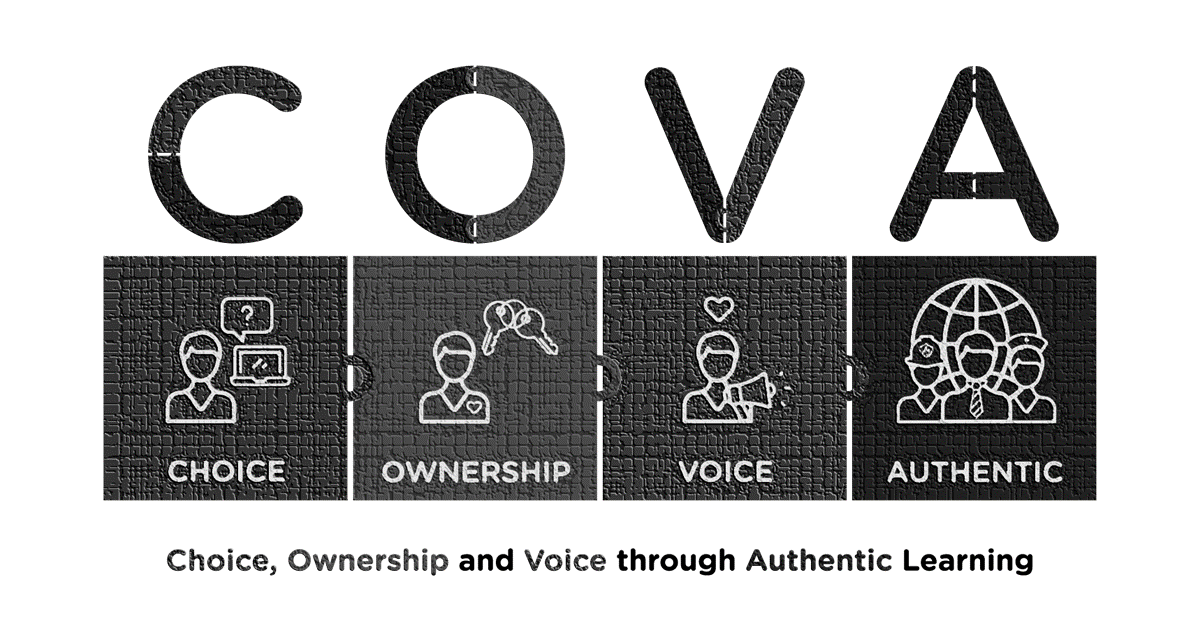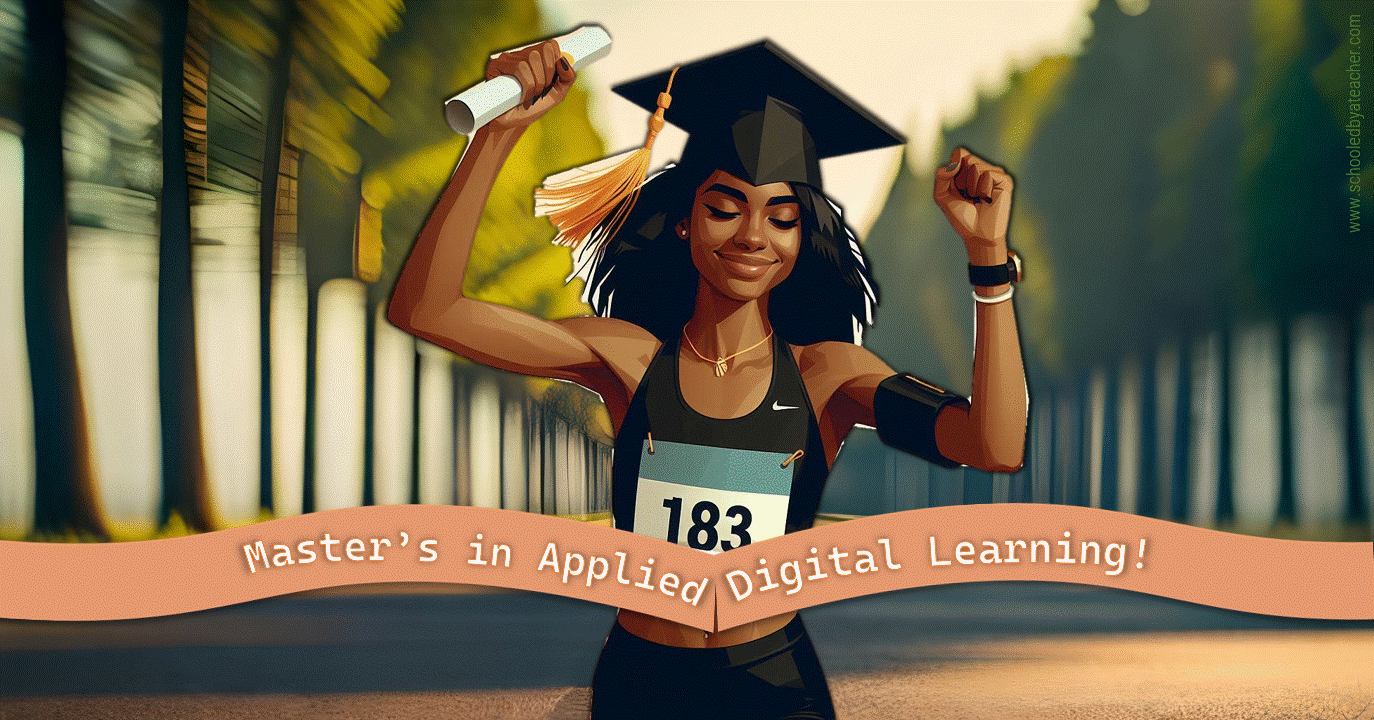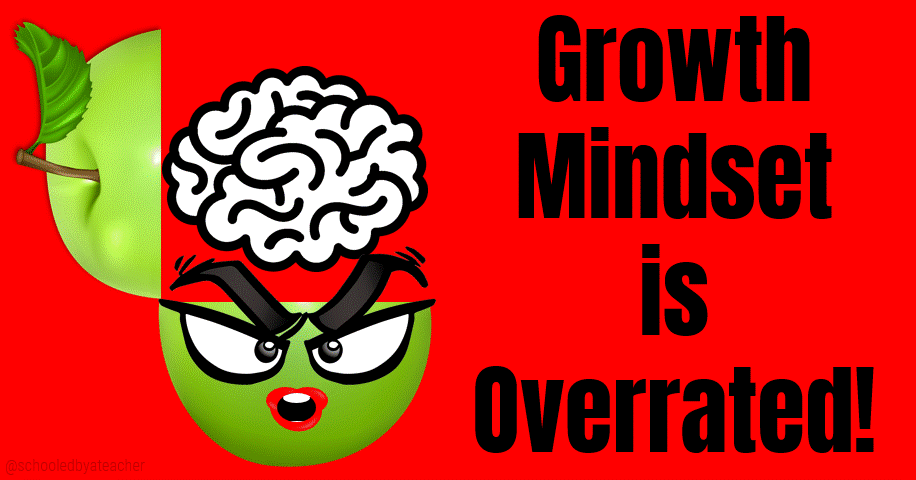Authored by Dwayne Harapnuik, Tilisa Thibodeaux, and Cynthia Cummings, the COVA eBook focuses on Creating Significant Learning Environments (CSLE) by giving students Choice, Ownership, and Voice in their learning by providing them with Authentic Learning learning opportunities. CSLE+COVA is a constructivist approach to learning which is based on the idea that learners actively construct their own knowledge and understanding through their personal experiences, interactions, and reflections.
The COVA eBook aims to help educators to create significant learning environments that give their learners a sense of ownership, choice, and voice. The book covers topics such as the positive impacts of the COVA approach, making CSLE+COVA work for you, mapping your learners’ journey, creating effective learning environments, and building passion through determining the “Why?” behind taking action.
My Takeaways from Reading the COVA eBook
The constructivist approach of CSLE+COVA helps students:
– be more engaged in their learning. One of the many essential elements of the COVA approach is the power of authentic learning. The authors believe that an authentic learning environment allows learners to work on real-world experiences. This approach encourages the learners to acquire skills and knowledge relevant to their interests and enhances their creativity and innovation skills.
– enhance their critical thinking skills. When learners are challenged to solve problems and make decisions, they are forced to think critically about the information they are presented with. When a teacher effectively CSLE using COVA, it allows students to carefully consider a problem, identify the relevant information needed to address the problem, and generate and evaluate potential solutions to that problem. In doing so, students learn to think more carefully about the world around them and how to make informed decisions.
– develop problem-solving skills for solving real-world problems. When tackling a real-world problem in an academic setting, learners cannot simply rely on textbooks or lectures to provide them with all the information they need. They need to be able to identify the relevant information from a variety of sources, such as news articles, government reports, and expert interviews.
– engage in collaboration with their peers. With the COVA approach, learners need to be able to collaborate with others to share ideas, pool resources, and come up with creative solutions. When learners work together to solve problems or complete projects, they learn how to communicate and work effectively with others. This is a much needed 21st century skill.
– take ownership of their learning/improve their self-regulation skills. Another essential element of the COVA approach is ownership. To give learners a sense of ownership over their learning, educators should allow students to control their learning process and encourage learners to take responsibility for their progress. This approach allows learners to develop essential skills like decision-making and problem-solving. When learners are given the freedom to explore and learn at their own pace, they learn how to manage their own learning and set their own goals.
In conclusion, the COVA eBook brings forward a convincing perspective to learning and teaching by emphasizing the importance of choice, ownership, and voice through authentic learning. The book provides practical examples from the authors’ real life and strategies to help educators implement the COVA approach successfully. With this guidebook, educators can create significant learning environments that develop creative, innovative, and responsible learners.

I am always looking for ways to improve my practice and create a more engaging and effective learning environment for students. Click here to read snippets of additional books I plan to read on the topics of change management, project-based learning, and curriculum writing so that I can continue to improve my skills in these areas and become an even better curriculum developer.





